
Megapodius tenimberensis
Megapodius tenimberensis,Tanimbar Scrubfowl
The Tanimbar Scrubfowl (Megapodius tenimberensis), formerly a subspecies of ···
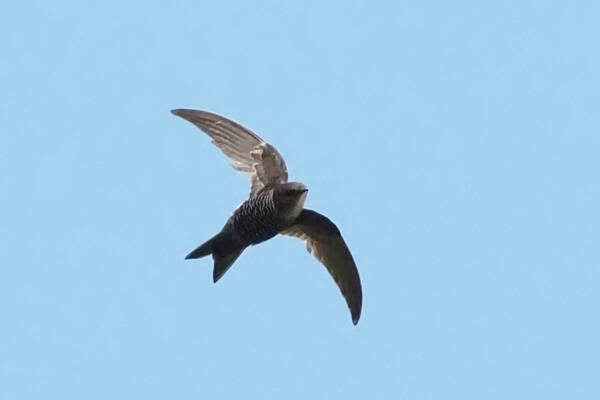
Apus cooki
Apus cooki,Cook's Swift,Apus cooki
Indochinese White-rumped Swift (English name: Cook's Swift, scientific n···
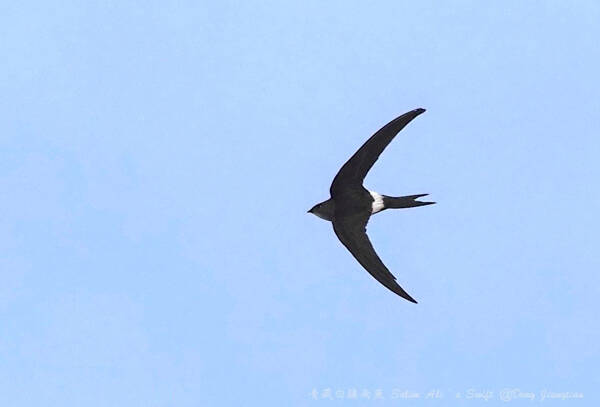
Apus salimalii
Salim Ali's Swift,Apus salimalii
The Tibetan White-rumped Swift (English name: Salim Ali's Swift, scienti···
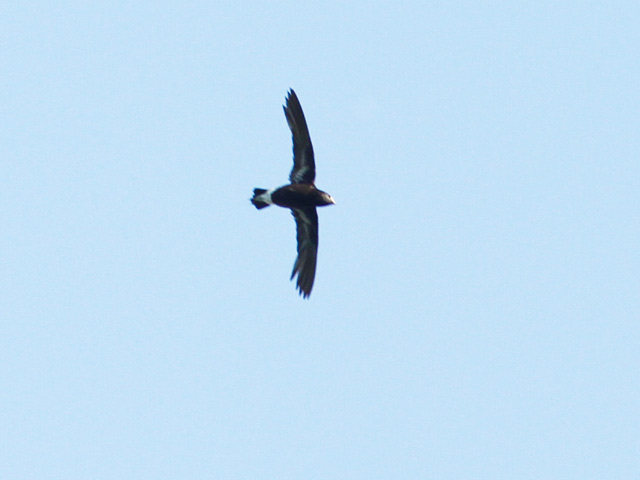
Hirundapus celebensis
Purple Needletail,Hirundapus celebensis,Purple Needletail
The Purple Needletail (Hirundapus celebensis) is a species of bird in the ge···

Urocynchramus pylzowi
Urocynchramus pylzowi,Pink-tailed Bunting,Pink-tailed Rosefinch,Ground hemp
Pink-tailed Bunting is a species of the family Pinnipedae, with no subspecie···
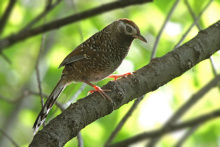
Garrulax bieti
Garrulax bieti,White-speckled Laughingthrush,
White-speckled Laughingthrush is a species endemic to southwestern China. Th···

Numenius arquata
Numenius arquata,Eurasian Curlew,Curlew
There are two subspecies, Eurasian Curlew.It is a summer migratory bird in n···
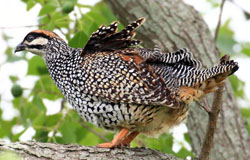
Francolinus pintadeanus
Chinese partridge, Yue pheasant, Huainan
Chinese partridges like to move in secondary forests, low shrub forests, and···
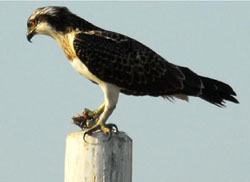
Pandion haliaetus
Osprey, fish eagle, fish eagle, fish eagle, fish hawk
Osprey is a relatively large bird of prey that lives near water bodies and l···
